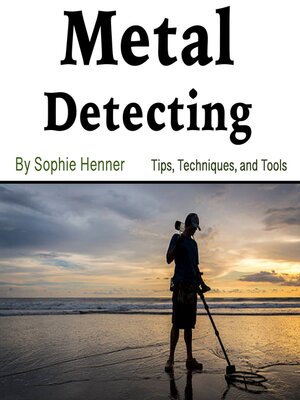
Sign up to save your library
With an OverDrive account, you can save your favorite libraries for at-a-glance information about availability. Find out more about OverDrive accounts.
Find this title in Libby, the library reading app by OverDrive.



Search for a digital library with this title
Title found at these libraries:
| Library Name | Distance |
|---|---|
| Loading... |
Metal detecting involves using a metal detector, an electronic device designed to find metal objects nearby. These devices vary in form, from handheld wands to large industrial machines. The main components of a metal detector include the control box, which houses the electronic circuitry, controls, and batteries; the search coil, also known as the antenna, which senses metal objects; the shaft, which connects the search coil to the control box and is often adjustable for comfort; and sometimes a stabilizer to keep the unit steady during use.
The search coil generates an electromagnetic field, and when this field encounters a metal object, it creates a disturbance. The control box processes this disturbance and sends a signal to the user, typically an audible beep or a visual display. Metal detecting is used for various purposes, including treasure hunting, where individuals search for coins, jewelry, relics, and other valuable items lost or buried; archaeology, to locate historical artifacts at dig sites; security, for scanning individuals or luggage for concealed weapons or contraband; and construction, to detect metal pipes or rebar in walls, floors, or underground. It is also a popular hobby for enthusiasts who explore parks, beaches, and other areas for interesting finds.







